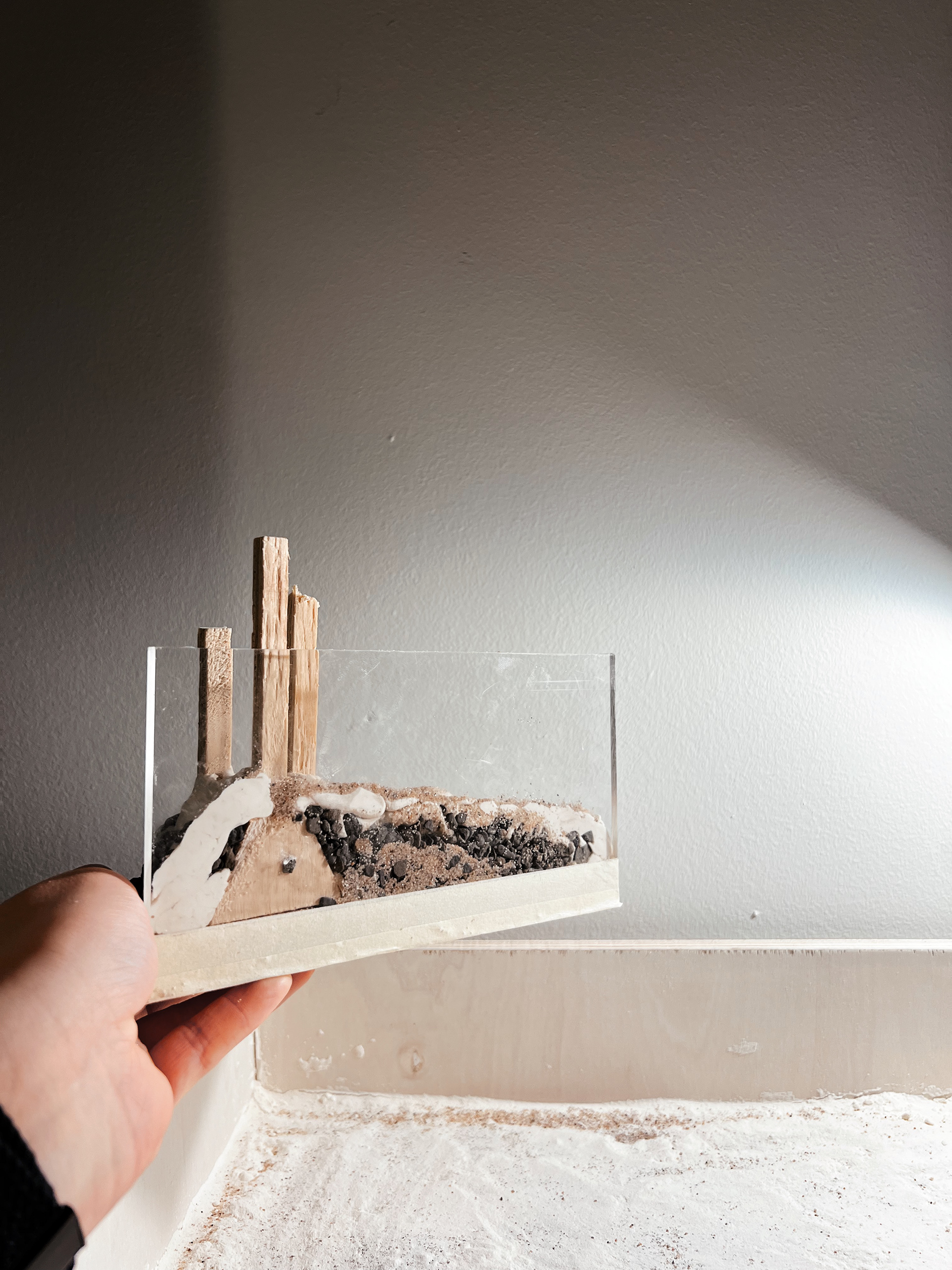(MA2) Studio course - Territorial practices
Location: Longyearbyen, Svalbard
Nominated for the AHO Climate shifts award
Winner of the AHO Climate shifts award (Link)
haust 2023

Asphalt
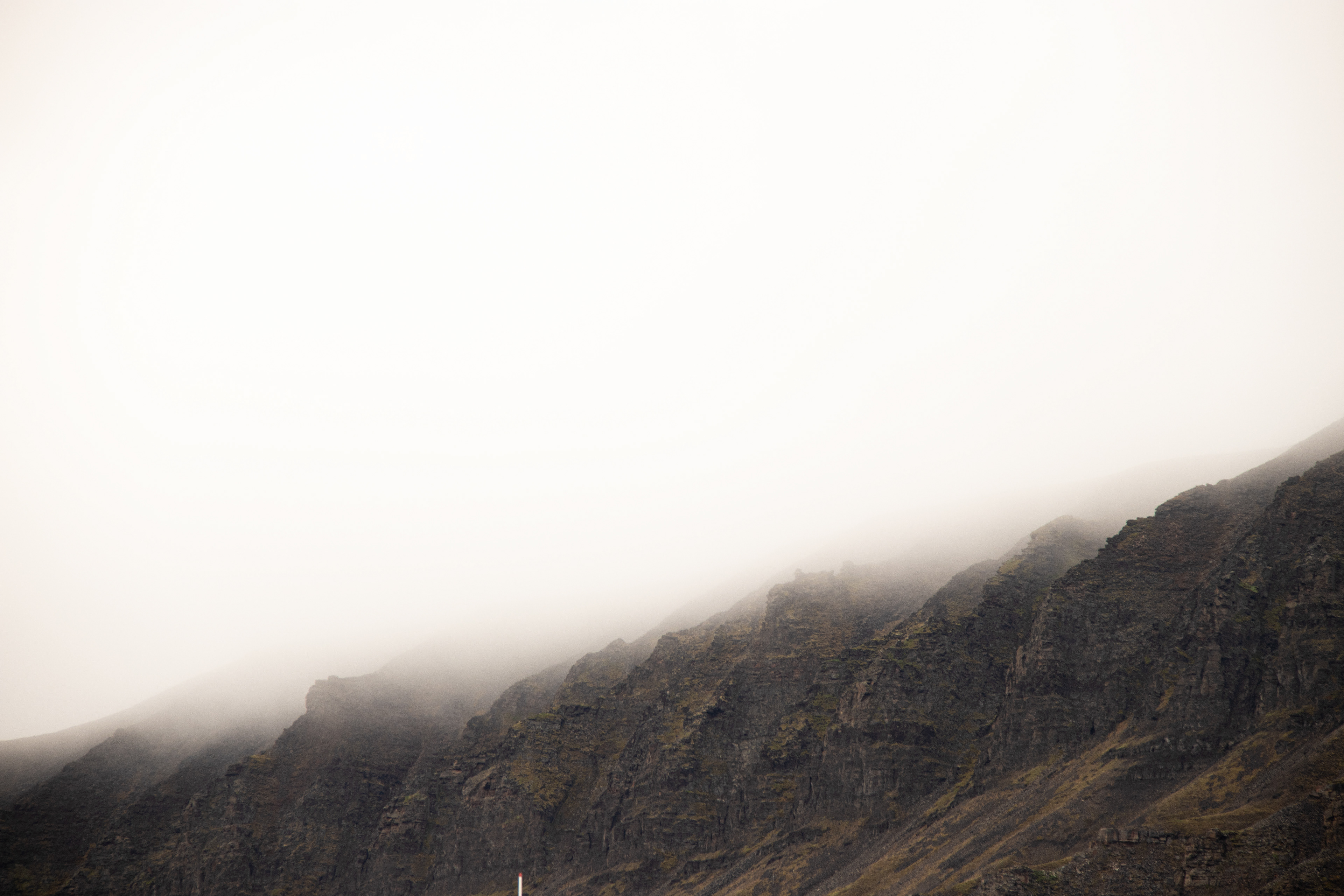
Atmosphere
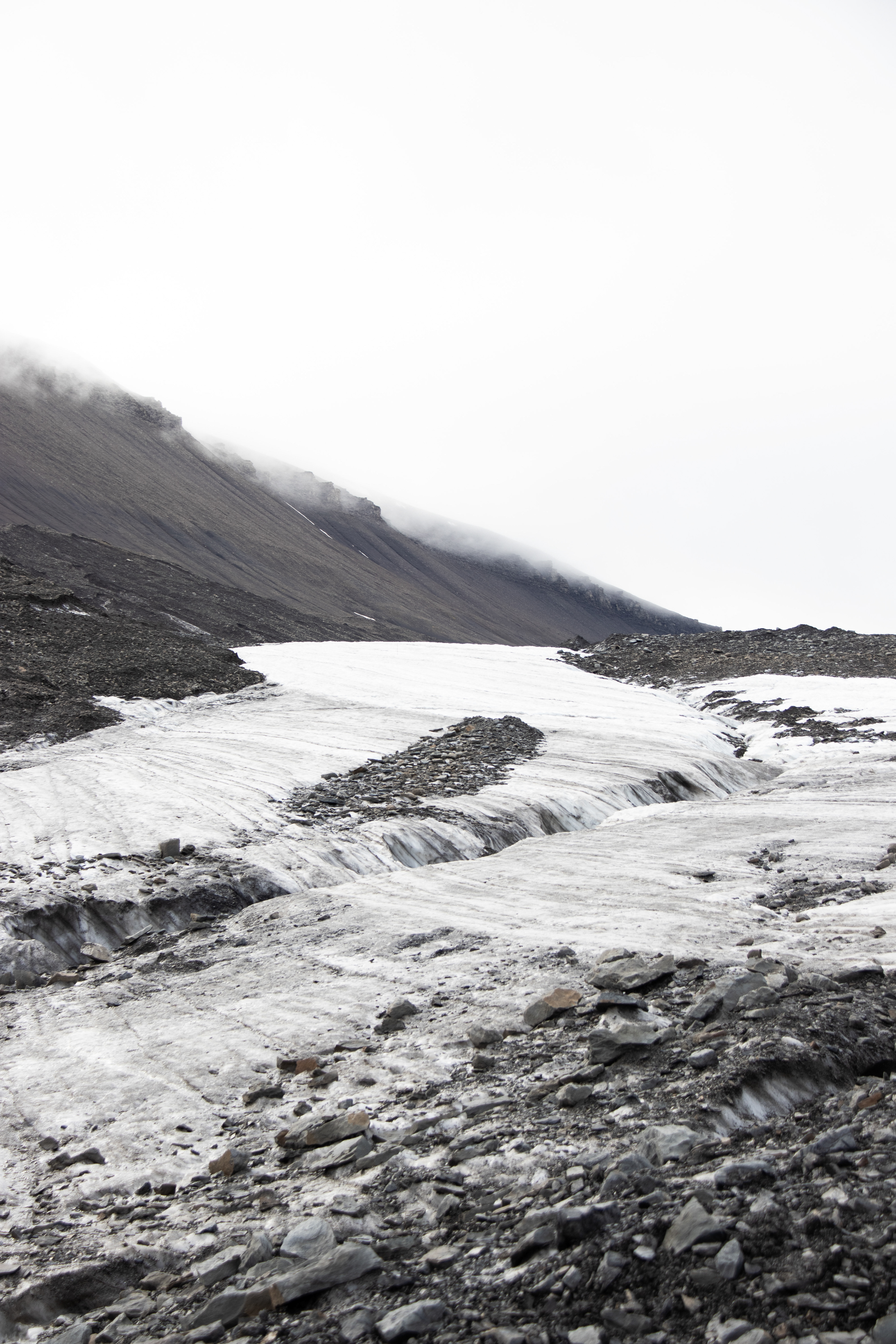
Glacier
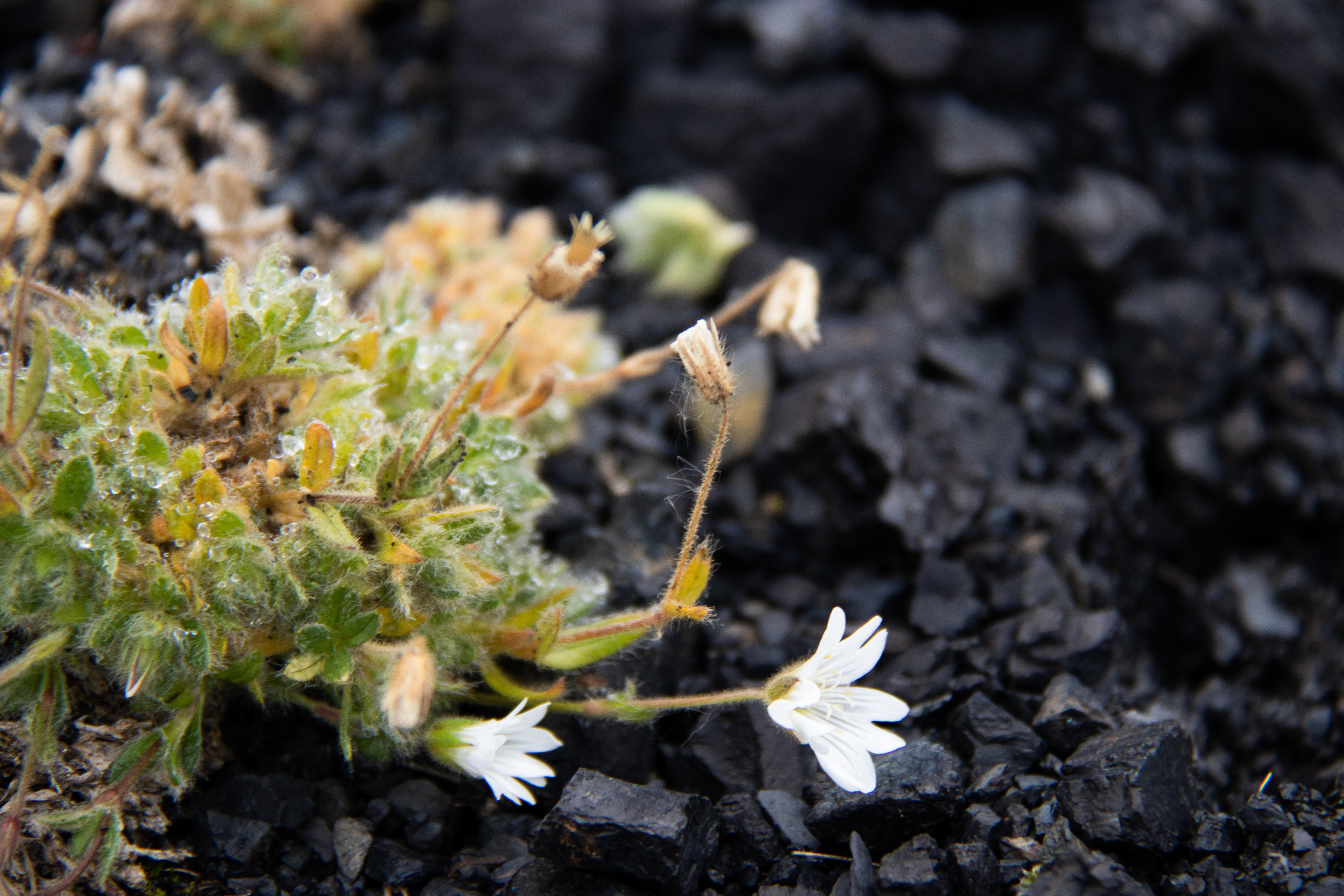
Vegetation
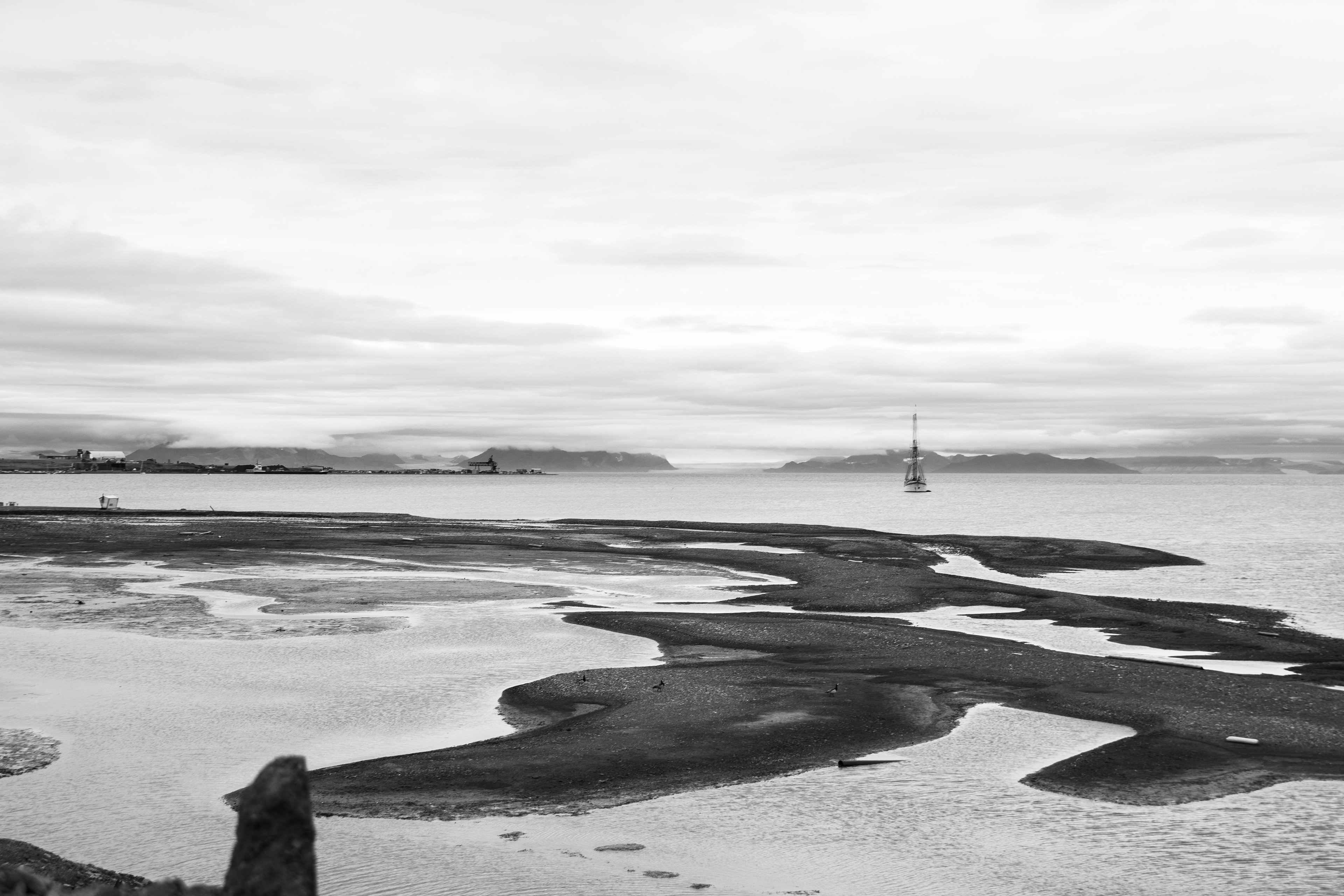
Delta area
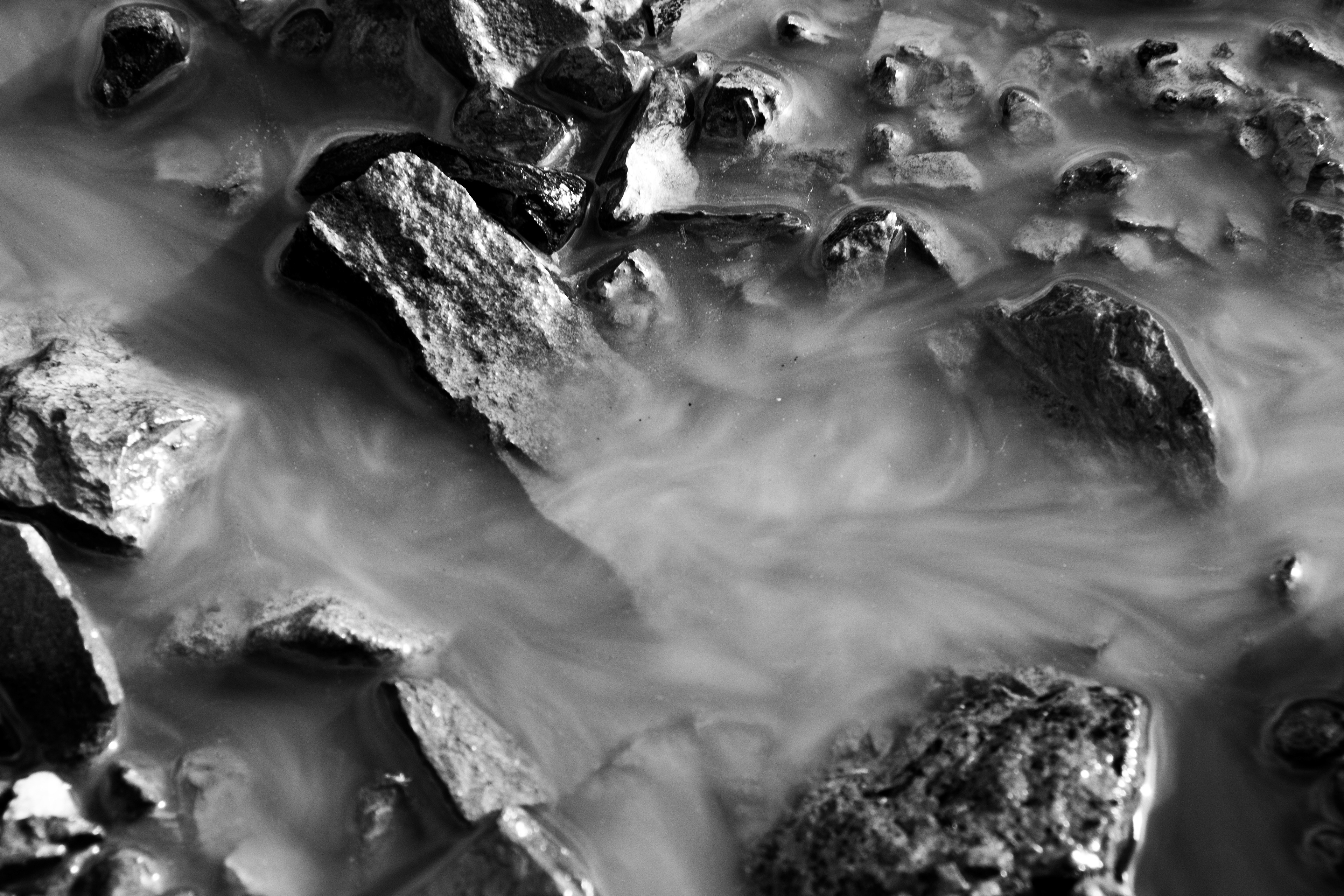
Sediments from the glacier
These images was taken during our fieldtrip to Longyearbyen. The chosen images represented are the ones i thinks captures the essens as well as the atmosphere of the site.
Choreographing natural processes
An interplay with natural processes to create habitats for nesting birds in Longyearbyen´s delta
This project focuses on working with natural processes in the landscape where me as a landscape architect look for inspiration in the natural changes over time to create new land areas for nesting birds in Longyearbyens delta. Longyearbyen in Svalbard is a highly attractive landscape to visit but is also extremely vulnerable, not only for humans, but for the wildlife as well. Lokalstyret in Longyearbyen are interested in expanding both the industrial area as well as the hotel business for an increasing population and tourism. The delta area is a location where they are interested in expanding, but the area is highly used by migrating birds which is on the Norwegian endangered species list.
During our fieldtrip in September 2023, we got closer to this extreme climate and analyzed natural processes such as erosion from both wind and water, wind, light, sediment transport from the glazier as well as Longshore drift. The Longshore drift is what's causing the spits to move rapidly throughout the seasonal changes as well as over the years. This project looks at how we can be inspired by longshore drift and choreograph a different pattern to create separate land for the nesting birds to avoid a direct interaction between the two users in the delta area.
Supervisors:
Eimear Tynan & Bert De Jonghe
Kontekst
Svalbard is located in the high arctic region and is a popular tourist destination. Marine traffic as well as more rapid flight departures to this destination is threatening for the wildlife and are partly contributing to the global climate changes. Its highly noticeable how much impact the climate changes have on this high arctic region when we look at the changes in a bigger scale. For birds this is an important nesting area from early spring to late summer, which is also when there are over 130 000 tourists coming to experience the beautiful arctic landscape.
CONSEPT
After analyzing the landscape´s movement the idea of choreographing these processes was a strong idea of working with this specific landscape. Over time the landscape will evolve around the installations that will be placed out in the delta area. these will slow down the process of longshore drift and create stable ground for the nesting birds in Longyearbyen.
MODELL
The model was supposed to work as an interactive model, which was supposed to be resistent to water. The idea was to create a model in a 1:500 scale that would represent the delta site. Running water would enter the model at two points to represent both the flow from the river as well as the longshore drift movement in the water. Sand was going to represent the moving landscape as the forces was pushing the sediments around in the delta area. Different installations were tested to see if the sand interacted differently with the forces of the water movement. A camera was placed over the model looking down to timelaps the changes over time.
The model was constructed to always keep a certain amount of water within the frame of the model. The excess water would flow into a pipe adjusted 3cm over the surface of the model.
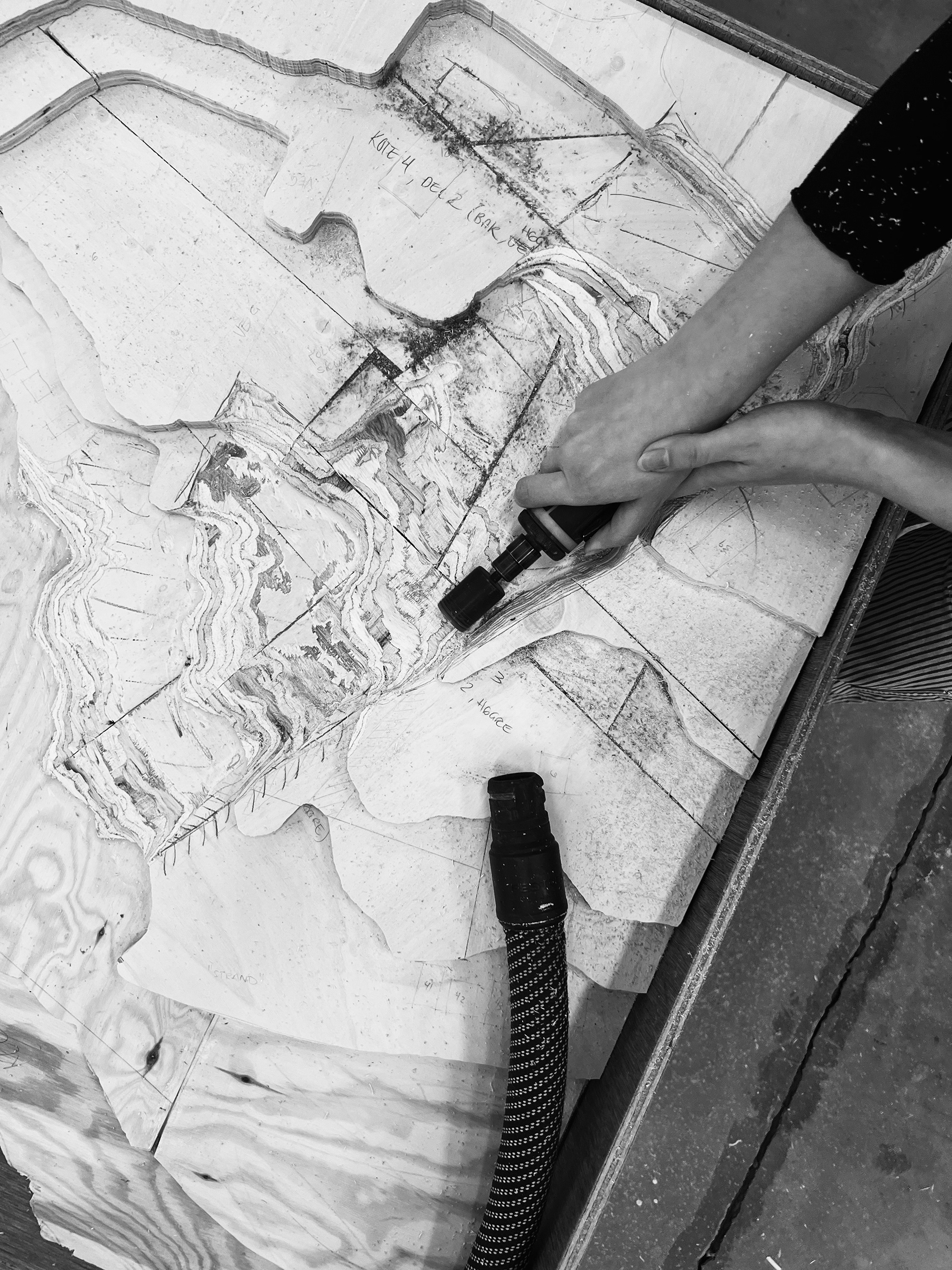
Production
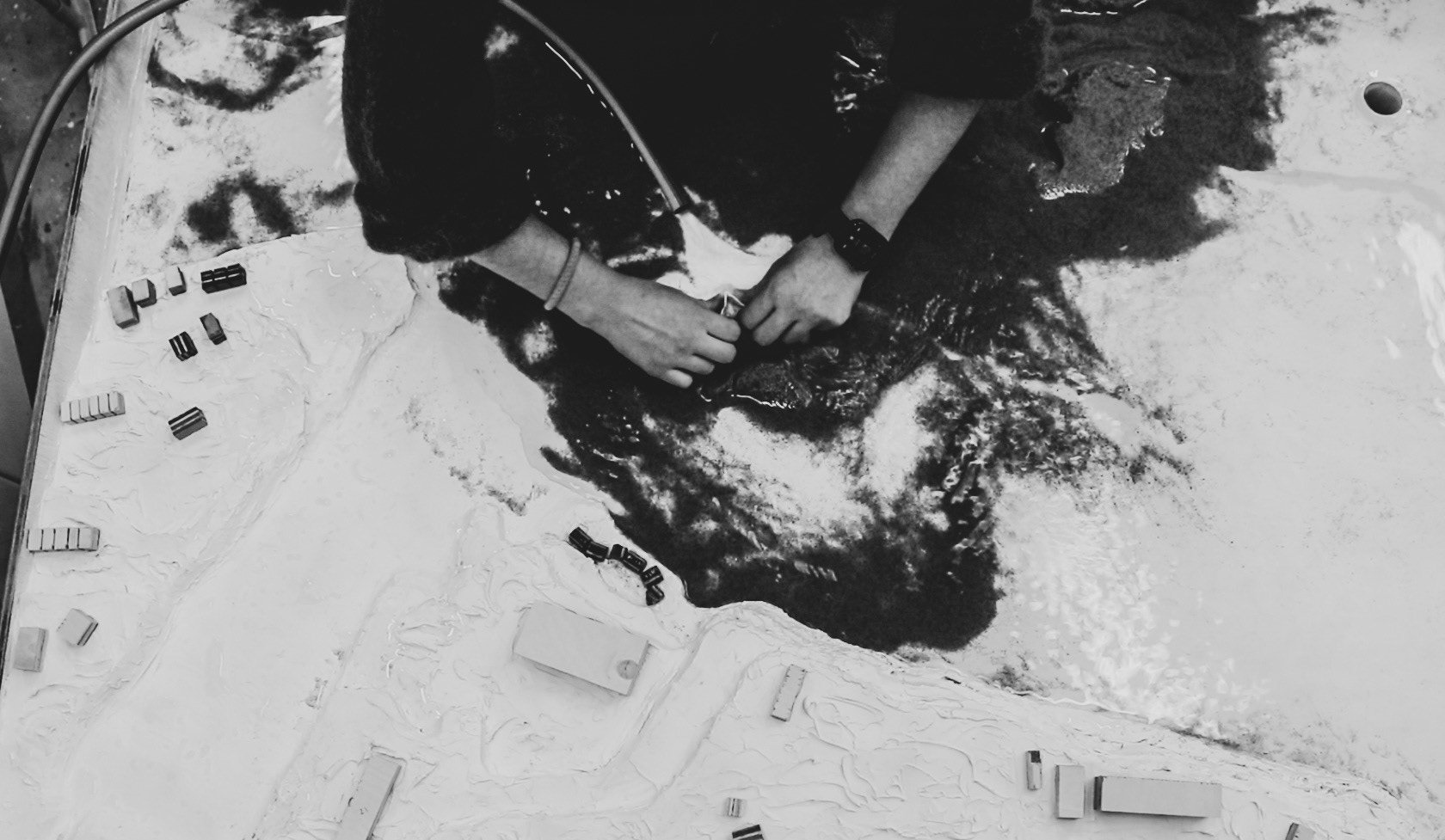
Testing design

Documenting the process


Planen/ designet sin utvikling over eit tidsspenn på 20 år
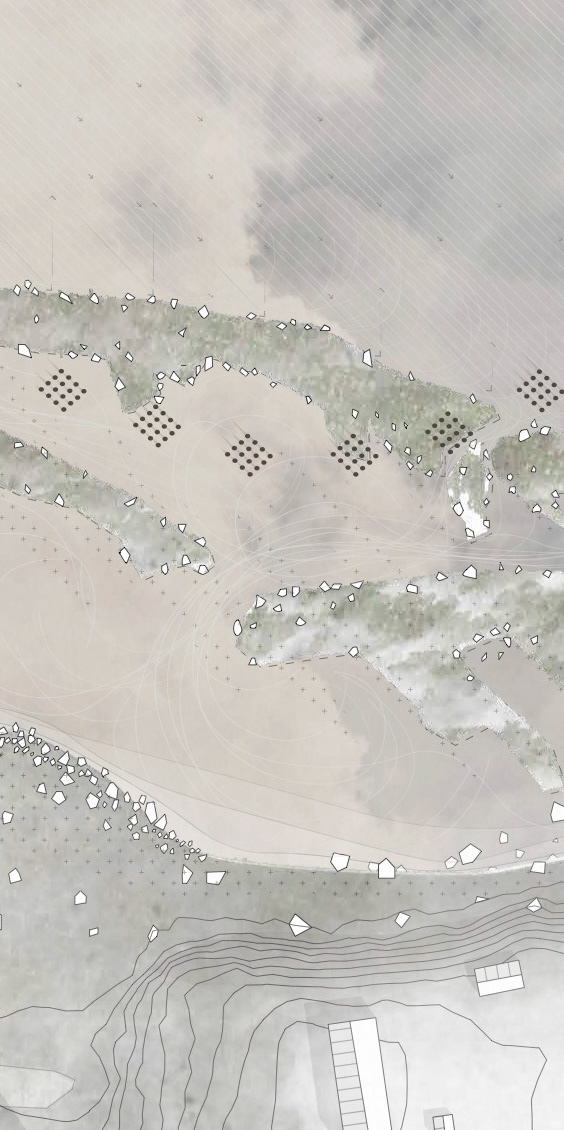
After construction

After 5 - 10 years
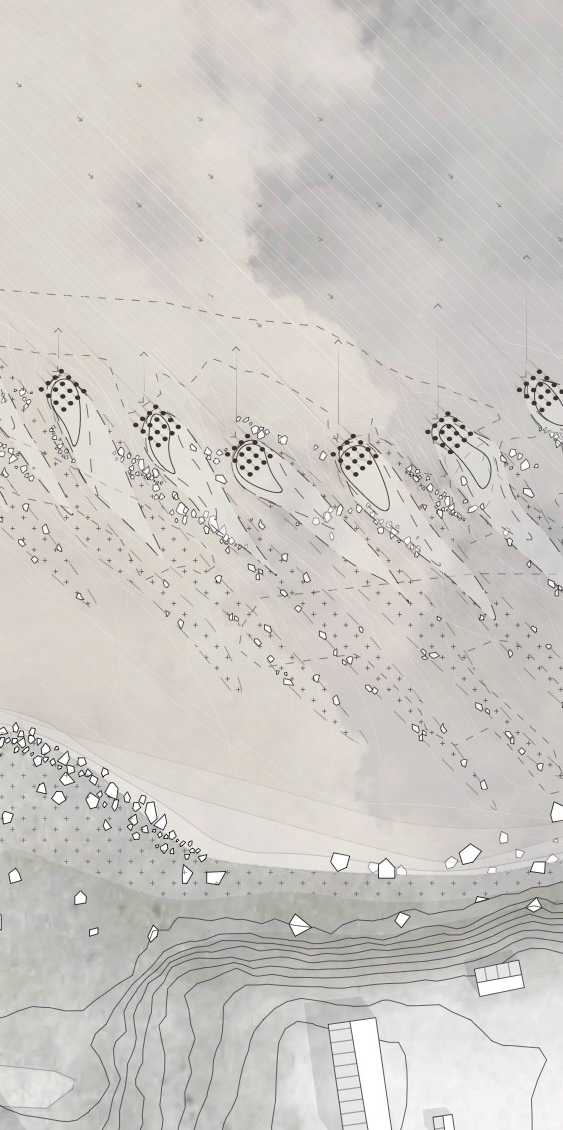
After 15-20 years

After 15-20 years, winter situation
Utstilling og modellar

The full exhibition

The interactive model
